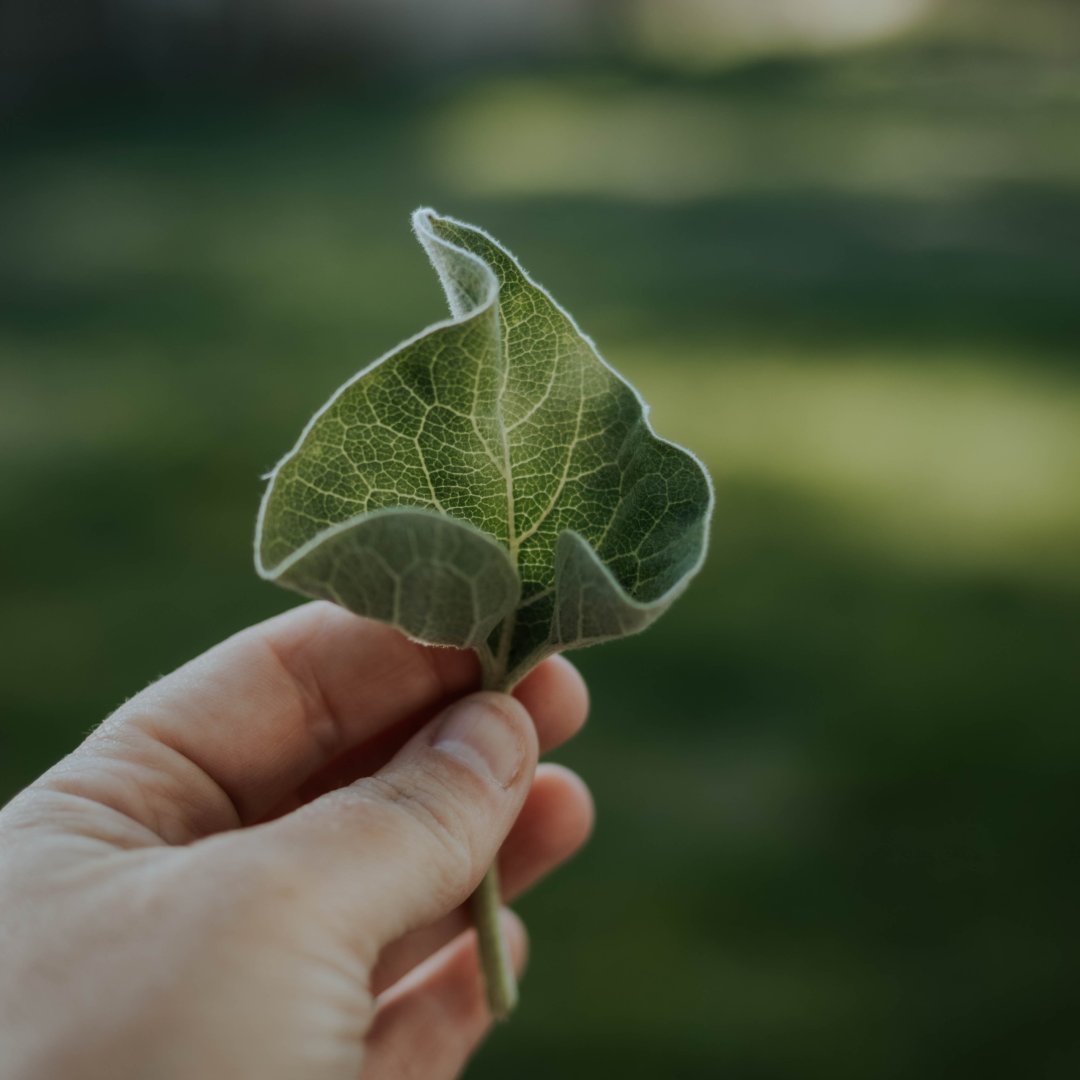
Spring snowmelt trickles down winter-dry washes and the forest understory is renewed with fresh wild greens. Among the greens are chickweed, miner's lettuce, wild lettuce, fiddlehead ferns, wild garlic, balsam leaf, nettle, wood sorrel, wild chives and dandelion greens.
It’s a feast for the eyes and the knowing forager.
As the world warms under the dawning sun, I head into the forest in search of such woodland delicacies. I’ve seen the trend of decorated focaccia bread circulating around social media and decided to recreate it with foraged finds, cooking the delicious bread over open fire. I gather pansy blooms and rosemary from my garden as well as what wild greens I can find. I’m lucky to discover wild chives to offer notes of garlic; arrowleaf balsamroot leaves for a powerful pine-like flavor and dandelion greens.
All will taste delicious when crisp with olive oil and a dash of salt on the loaf. I’ll certainly be revisiting this focaccia recipe again and again through spring as more greens begin to resurface in the woods.
~ Tips for Foraging Wild Plants ~
How to Make Focaccia with Locally Foraged Ingredients
Serving: 8-10 | Prep Time: 3-4 hrs + foraging time
Cook Time: 20-25 min | Total Time: 4 hrs 30 min
Ingredients
- 2 cups all-purpose flour
- 1/2 teaspoon salt
- 1 teaspoon dry instant yeast
- 3/4 cup lukewarm water
- 6 tablespoons extra-virgin olive oil, divided
- 2 teaspoons coarsely chopped fresh rosemary leaves
- 1 small bunch of chives (wild or cultivated)
- 3-5 pansy flowers
- Green leaves of 1 dandelion
- 2-3 leaves of arrowleaf balsamroot (Balsamorhiza sagittata)*
- 1/4 teaspoon coarse sea salt
- Olive oil and balsamic vinegar for dipping
*Caution: Arrowleaf balsamroot (Balsamorhiza sagittata) is a member of the aster plant family. People with allergies to asteraceae plants should avoid this plant.
Instructions
- Mix the flour, salt and instant yeast to combine. Add the water and 2 tablespoons of the oil. Mix until a rough ball of dough forms.
- Flour your hands and begin to knead the dough until it becomes a smooth ball.
- Drizzle 2 teaspoons of the oil in a large bowl. Place the ball of dough in the oiled bowl and turn it so it's coated on all sides. Cover with plastic wrap or a kitchen towel and let it sit at warm room temperature until doubled in size, 2 to 3 hours.
- Oil a 10-12 inch cast iron skillet
- Punch down the dough and place it in the skillet. Using your fingertips, coax and stretch the dough to cover the bottom of the skillet and reach all the way to the edges. Cover with plastic wrap or a kitchen towel and let rest at warm room temperature until puffed and slightly risen, 30 to 40 minutes.
- Meanwhile, heat 30 coals in a charcoal basket. When coals are mostly white pour 15 of the coals into the fire pit and leave 15 coals in the basket.
- Place a grate 4-6 inches above the coals. This will create a heated environment of about 450*, which is ideal for cooking focaccia.
- Use your fingertips to gently dimple the surface of the dough. Drizzle the remaining tablespoons of oil over the dough so that it pools in some of the indentations. Sprinkle with the rosemary and salt. Decorate it with your foraged greens and flowers.
- Place the skillet on the grate and cover with a cast iron lid. Pour the remaining coals over this and spread them out into a circle around the edges. Bake until lightly golden-brown, 20 to 25 minutes.
- Remove from the fire to cool for at least 15 minutes before slicing and serving. Focaccia is best eaten when warm, but is also good at room temperature.
Learn how to clean and season your cast iron afterwards →
ABOUT
Brianne Dela Cruz is a master gardener, wild forager, campfire foodie, and acclaimed writer and photographer. From her home in Salt Lake City, she teaches online gardening and foraging courses for modern folks and budding naturalists as well as hosts seasonal community gatherings. Brianne's blog and online school, Gather & Grow, is a community of folks exploring the intersection between nature and personal growth by discovering ways to slow down and nourish themselves with nature.







